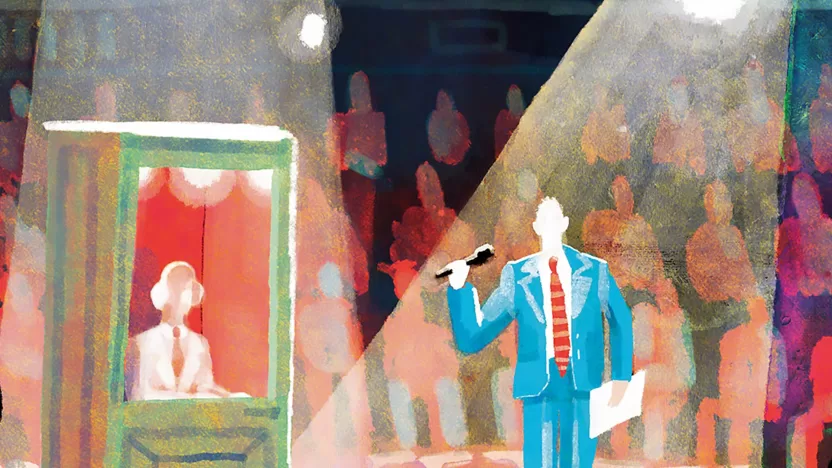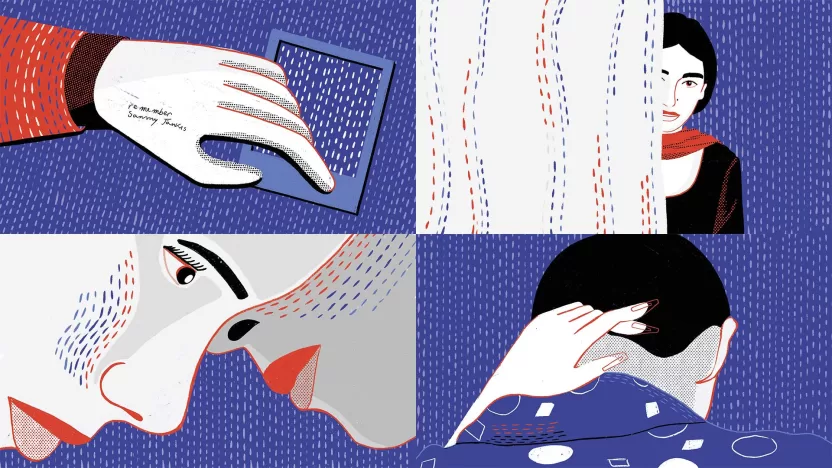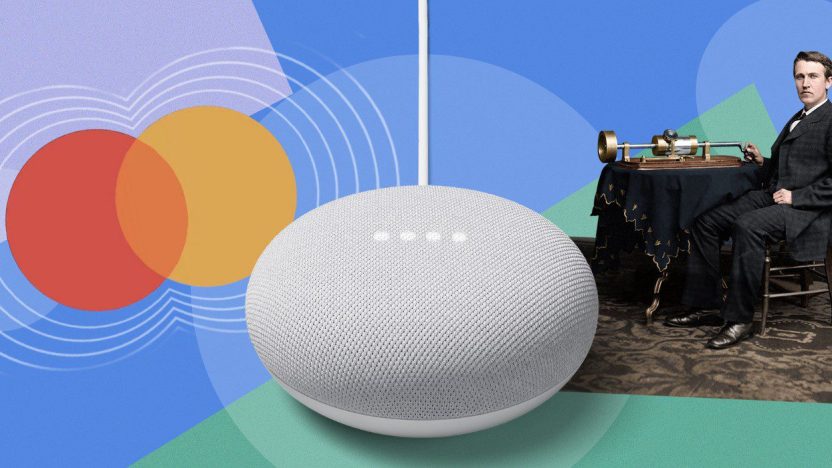Selfie culture
Selfies don’t come out of nowhere: for centuries self-representation mirrored and shaped societies and identities through different devices
by Riccardo Trabattoni

Artwork by MAIZE
The word selfie was first used in 2002 by a young man named Nathan Hope. He posted a blurry self-portrait on an Australian ABC Online forum after falling down the stairs and busting his lip. Describing the event in his post, Hope pointed out that the focus was not sharp because: “…it was a selfie.”
However, it seems likely that the expression selfie originated much earlier. In fact, in Australia, the -ie suffix is commonly used to form slang nicknames known as hypocoristics. Taking a selfie—a photographic self-portrait generally utilizing a smartphone or a webcam and then sharing on social networks—became an established practice only a decade later. So much so that, in 2013, the Oxford English Dictionary chose selfie as its word of the year.
Selfies are part of a broader set of actions individuals perform to shape their identity in the contemporary era.
Nevertheless, it would be wrong to think that selfies result from Nathan Hope’s actions or the media exposure of the term. Instead, we could say that selfies are part of a broader set of actions individuals perform to shape their identity in the contemporary era—the need for self-identification is ancestral—and they are a study topic for philosophers, psychologists, and sociologists. What has changed are the ways and means we use to represent identity—in the individualistic definition thereof.
In his book How to See the World, Nicholas Mirzoeff, visual culture theorist and professor in the Department of Media, Culture and Communication at New York University, outlines the development of self-portraiture and its significance over time: from a privilege of the wealthy few to a digital experience of the masses. Throughout the Age of Absolutism (1660 to 1789), portraits were used to immortalize the majesty of European rulers: “Majesty does not sleep, get ill, or become old. It is visualized, not seen.”
But with the age of revolutions (1776-1917), and later with postmodernism, the possibility of self-representation became popularized, largely thanks to the invention of new technologies, such as photography. Suffice it to say that, until then, the average man had little chance of coming into contact with images. Therefore, in this historical moment, a new awareness began to arise: that of the visual representation of oneself.
The advent of the web has, in fact, made possible a dissemination of images that would have been unthinkable before it. Thus, the “new” image-based society prefers pictures to words and gives visual content a significantly different weight in attributing meaning within society itself. It redefines communication with the other, implying a new process for managing images of oneself. Therefore, during postmodernism, our way of conceiving and proposing images of ourselves changed, as individuals coexisting in the socio-cultural environment mentioned above (change).
In Preliminaries to a psychology of the self-portrait photo, Maurizio Giuffredi, a professor of Psychology of Art at the Academy of Fine Arts in Bologna, wrote: “The camera is one of the tools or prostheses that humans use to extend the capabilities of both their bodies and their minds”. However, for many, 2010 marked a turning point in terms of tools and prostheses capable of extending our ability to represent ourselves: Apple included a front-facing camera in their new iPhone 4.
This event, linked to the exponential spread of social media in Web 2.0, gave rise to new mass behaviors and to selfies as we know them today. Indeed, smartphones act as cameras connected to the Internet and constitute a revolutionary hybrid device for creating and sharing images. Edgar Gómez Cruz and Eric T. Meyer defined such a paradigm shift as “the fifth moment of photography.” Therefore, in contemporary society, we have developed new behaviors driven by technological and cultural innovation. Digital natives have grown up creating relationships with others that go beyond the tangible, telling their stories every day through posts, tweets, likes, and photos.
This “fluid” context has enabled us to deconstruct our identity, presenting a new image of ourselves—the different masks of the ego—depending on the context and the container in which we tell our story. However, nowadays, many consider selfies merely narcissistic acts, even if, rationally speaking, they are not so different from the practice of self-portraiture. This is because, whereas the former usually follow a faster and more instinctive process and the latter, on the other hand, a slower and more deliberate process, it is the intention of the person producing the image that defines its value. If made solely for aesthetic research, even a self-portrait can deteriorate into the image that others have of us without leading us into an “existential reflection.”
Thus, selfies can be considered a means of seeking oneself and a communication model used within contemporary society. Therefore, the definition of identity is an ancestral “problem” of humankind, which has always sought the certainties of the self in the assertion or social criticism and that nowadays is compounded by the dispersion of communication with others in different degrees of reality. So, after all, we should stop asking ourselves what it means for each of us to take a selfie and ask ourselves how we will define our identity “tomorrow.”


